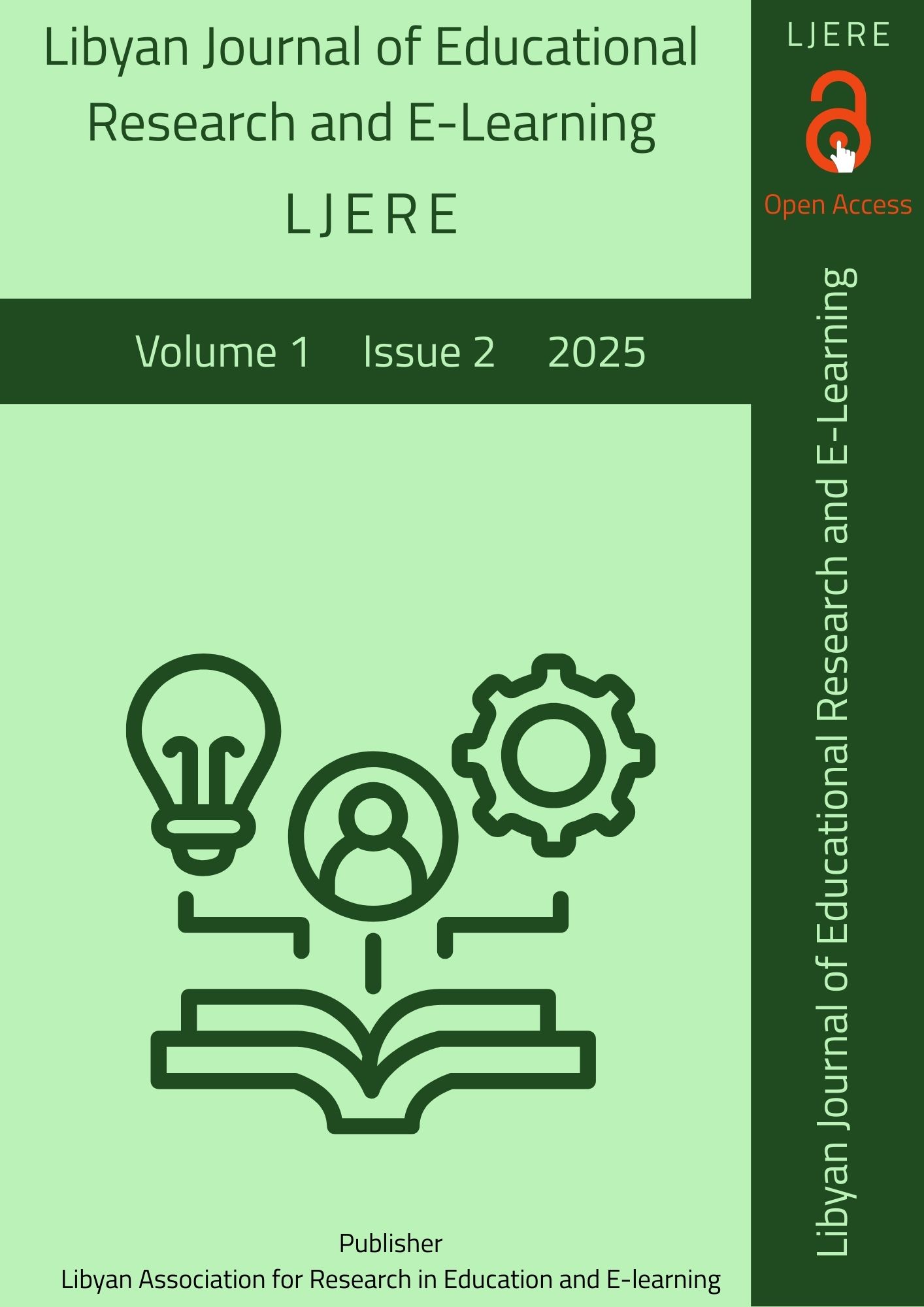Bridging the gap : Secondary School EFL Teachers' Conceptualizations of CLT and Contextual Constraints on Implementation
Keywords:
teachers' perception, Communicative language teaching, (CLT)Abstract
This qualitative study looked into the different ways that secondary school English as a Foreign Language (EFL) teachers think about the ideas behind and how to use Communicative Language Teaching (CLT) in the classroom. Although Communicative Language Teaching (CLT) is widely recognized as the most effective method for enhancing communicative competence, a considerable disparity frequently exists between its theoretical endorsement and practical implementation in the classroom. The research employed a qualitative design featuring semi-structured interviews with ten purposefully selected EFL teachers to elucidate their conceptual understanding, attitudes, and the particular challenges they face. Teachers overwhelmingly identified communicative competence as the primary objective, emphasized the critical role of interaction in language acquisition, and advocated for a learner-centered classroom environment. The results demonstrated a strong and consistent conceptual alignment with the core tenets of CLT. Nevertheless, the instructors identified numerous contextual obstacles that deterred their complete implementation, despite this philosophical backing. The most significant challenges reported included students' excessive reliance on their native language (L1), student resistance and low motivation resulting from conventional learning expectations, an irreconcilable conflict between communicative methods and grammar-focused, high-stakes examinations, logistical difficulties related to large class sizes, and a pervasive lack of targeted professional development opportunities. In conclusion, this study suggests that the systemic and structural limitations of the educational environment, rather than the beliefs of the instructors, are the principal obstacles to the implementation of CLT. To achieve successful, long-lasting reform, policymakers and institutions must deal with the main problems of exam-driven curricula, class sizes, and the need for practical, context-specific teacher training. The teachers' favorable perceptions indicate a willingness to adopt communicative practices.
References
Al-Seghayer, K. (2017). Barriers in Implementing Communicative Language Teaching Approach: EFL Learners' Perspective. Journal of Education and Practice, 8(3), 133–143.
Borg, S. (2003). Teacher cognition in language teaching: A review of research on what language teachers think, know, believe, and do. Language Teaching, 36(2), 81–109.
Borg, S. (2006). Teacher Cognition and Language Education: Research and Practice. Continuum.
Creswell, J. W., & Poth, C. N. (2018). Qualitative Inquiry and Research Design: Choosing Among Five Approaches (4th ed.). SAGE Publications.
Ellis, R. (1996). The communication curriculum and the cultural context. TESOL Quarterly, 30(1), 213–218.
Holliday, A. (1994). Appropriate Methodology and Social Context. Cambridge University Press.
Hu, G. (2002). Potential cultural resistance to pedagogical innovations in EFL teaching: A case study in China. Language, Culture and Curriculum, 15(2), 93–105.
Hymes, D. (1972). On communicative competence. In J. B. Pride & J. Holmes (Eds.), Sociolinguistics: Selected readings (pp. 269–293). Penguin.
Karavas-Doukas, E. (1996). What is a communicative teacher? A study of Greek secondary school teachers' beliefs and practices. System, 24(2), 171–182.
Karim, A. (2004). EFL teachers' perceptions of Communicative Language Teaching (CLT) in post-secondary education in Bangladesh. (Unpublished master's thesis). Concordia University.
Li, D. (1998). "IT’S ALWAYS MORE DIFFICULT THAN YOU PLANNED": Teachers’ perceptions about the implementation of communicative curriculum in Hong Kong. TESOL Quarterly, 32(4), 675–703.
Littlewood, W. (2007). Communicative and task-based language teaching in East Asian classrooms. Language Teaching, 40(3), 243–259.
Merriam, S. B., & Tisdell, E. J. (2016). Qualitative Research: A Guide to Design and Implementation (4th ed.). Jossey-Bass.
Phipps, S., & Borg, S. (2009). Exploring tensions between teachers' grammar teaching beliefs and practices. System, 37(3), 380–391.
Rao, Z. (2002). Chinese students’ perceptions of communicative and non-communicative activities in EFL classroom. System, 30(1), 85–105.
Richards, J. C. (2006). Communicative language teaching today. Cambridge University Press.
Richards, J. C., & Rodgers, T. S. (2014). Approaches and Methods in Language Teaching (3rd ed.). Cambridge University Press.
Sato, K., & Kleinsasser, R. C. (1999). Communicative language teaching (CLT): Practical understandings. The Modern Language Journal, 83(4), 494–514.
Savignon, S. J. (2018). Communicative Competence: Theory and





